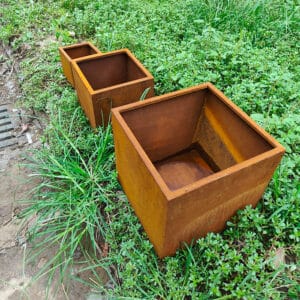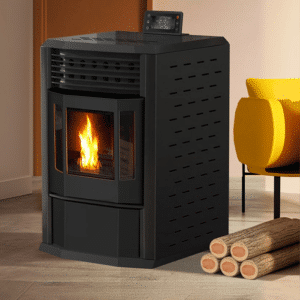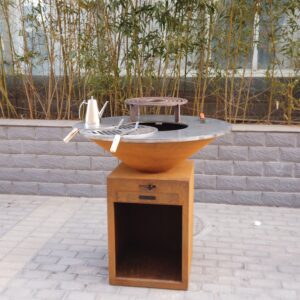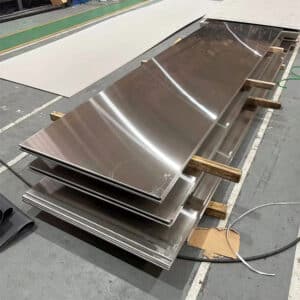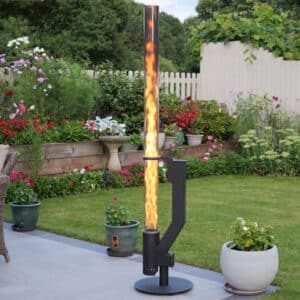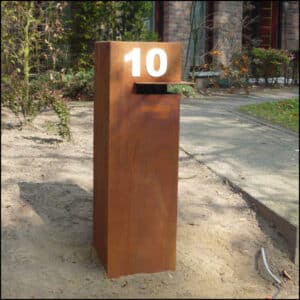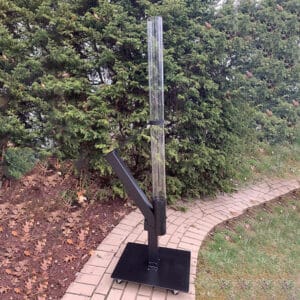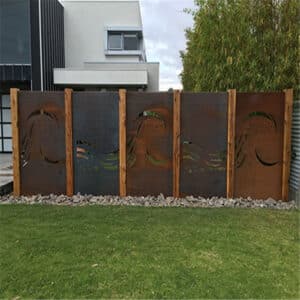Why Choose Weathering Steel? Industry Experts Explain the Advantages of Weathering Steel
In modern architecture and landscape design, weathering steel has become an increasingly popular choice among designers and architects due to its unique advantages. Weathering steel is a type of steel that forms a protective rust layer on its surface when exposed to the elements, making it highly resistant to weathering. With its strong corrosion resistance, unique appearance, and environmentally friendly characteristics, weathering steel is being widely adopted around the world. This article will explore why weathering steel is a superior material and discuss its practical applications and advantages across different fields.
1. What is Weathering Steel, and What Are Its Characteristics?
Weathering steel is a low-alloy steel that contains elements such as copper, chromium, and phosphorus. These elements enable the steel to form a protective, rust-like patina on the surface when exposed to air and moisture. This patina prevents further corrosion and gives weathered steel a unique aesthetic appearance. The oxidation process can take months or even years, creating a rusted look that provides a natural, rustic feel.
2. Corrosion Resistance of Weathering Steel
One of the most notable advantages of weathering steel is its outstanding corrosion resistance. Compared to regular steel, weathering steel can better withstand exposure to rain, salt, and other harsh environmental factors. Its surface forms a stable oxidation layer that protects the inner steel, slowing down the rate of corrosion and greatly extending the material’s lifespan. This makes weathering steel particularly suitable for applications in environments such as coastal areas, chemical plants, and industrial zones where high corrosion resistance is essential.

3. Aesthetic Value of Weathering Steel
Weathering steel not only offers exceptional functionality but also possesses unique visual appeal. The oxidized surface of weathering steel gives buildings and landscapes a distinctive, natural aesthetic, which has become a popular choice in modern architectural designs. As time passes, the rust layer will continue to evolve, giving the structure a sense of “aging” or weathering that enhances its visual impact.
4. Environmental Benefits of Weathering Steel
With the increasing awareness of environmental sustainability, more designers are focusing on the eco-friendliness of building materials. Weathering steel is fully recyclable, making it an ideal choice for green buildings and environmentally conscious design. By using weathering steel, not only is the environmental burden reduced, but its long service life also means fewer repairs and replacements, which ultimately results in less material waste.
5. Applications of Weathering Steel Across Various Sectors
Due to its excellent performance and aesthetic value, weathering steel is widely used across multiple industries:
- Architecture and Urban Landscape Design: Weathering steel is often used for building facades, sculptures, railings, and more. Its natural rust effect adds a unique charm to modern architecture.
- Landscape Design: Weathering steel is commonly applied in garden fences, courtyard decorations, and garden ornaments. Its durability and aesthetic quality make it an ideal choice for outdoor spaces.
- Transportation Infrastructure: Weathering steel is used in bridges, train stations, and other transportation structures, where it not only enhances durability but also adds artistic value to the infrastructure.
- Outdoor Furniture and Accessories: Weathering steel is widely used in outdoor furniture, fire pits, trash bins, and other garden products. Its durability ensures long-lasting performance, and its aesthetic effect integrates seamlessly with the natural environment.


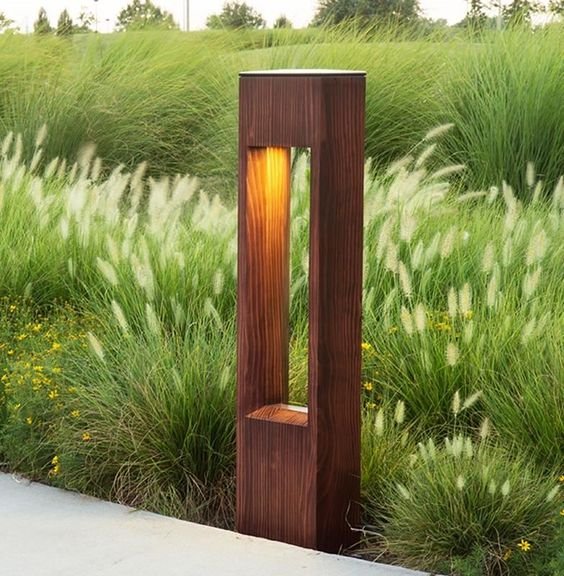
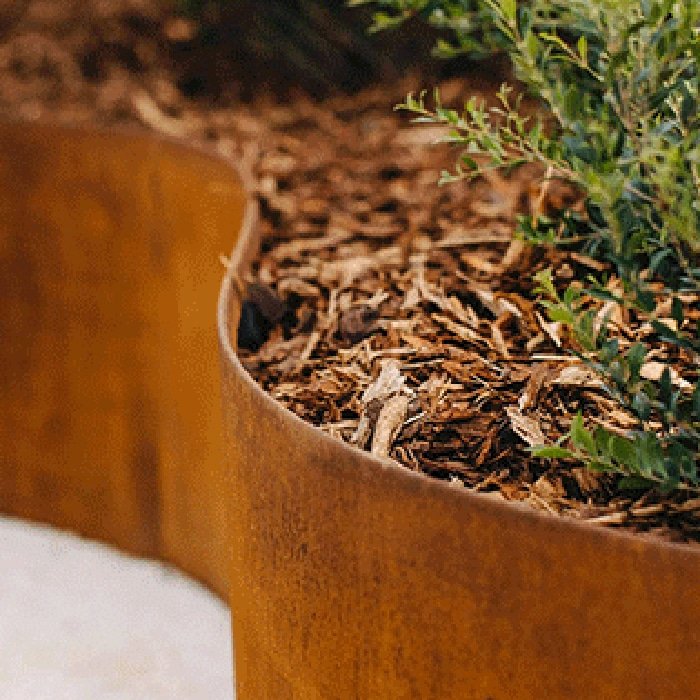
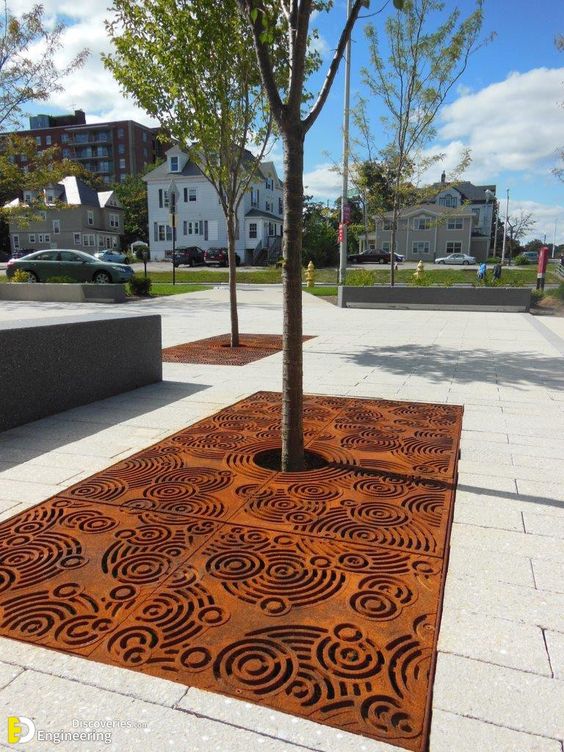

6. Considerations When Choosing Weathering Steel
When selecting weathering steel, it is important to consider the specific environment in which it will be used. Factors such as climate, humidity, and pollution can influence the material’s corrosion resistance. For more demanding environments, it may be necessary to choose higher-grade weathering steel. Additionally, weathering steel typically has a higher initial cost compared to regular steel, so it is essential to weigh its long-term performance and cost-effectiveness based on the project’s requirements.
7. Maintenance and Care of Weathering Steel
While weathered steel is highly corrosion-resistant, proper maintenance can ensure its continued performance and aesthetic appeal. Although the oxidation layer can self-repair, excessive moisture or contamination may cause unsightly buildup on the surface, affecting both appearance and performance. Regular checks and cleaning, particularly in coastal areas where salt mist is prevalent, can help maintain its condition. Routine cleaning to remove excess rust or debris can prolong its lifespan and ensure that the surface remains visually appealing.
8. Welding and Processing Weathering Steel
In some applications, weathering steel may need to be welded or further processed. Compared to regular steel, welding weathering steel requires special attention. The welding process may result in areas where the corrosion resistance is reduced, so choosing the right welding materials and techniques is crucial. Proper welding techniques and treatment ensure that the welded joints maintain the material’s corrosion resistance and do not compromise the appearance or durability of the steel. It is advisable to use specialized welding materials for weathering steel to ensure long-lasting, durable joints.
9. Cost and Return on Investment of Weathering Steel
While weathering steel has a higher initial cost compared to traditional steel, its superior corrosion resistance and reduced maintenance needs make it a more cost-effective option in the long run. The material’s lifespan far exceeds that of conventional steel, meaning fewer repairs and replacements are required, reducing ongoing maintenance costs. Moreover, the aesthetic value and unique appearance of weathered steel can increase the market value of buildings, leading to a higher return on investment.
10. Weathering Steel in Art and Sculptures
The aesthetic properties of weathered steel have also made it a popular material in the art and sculpture fields. Many artists and designers prefer weathering steel for sculptures and art installations due to its ability to develop a unique rusted patina over time, creating a striking visual impact. From public art projects to small sculptures, weathering steel’s application offers both durability and artistic flair, with the added benefit that the material maintains its appearance and structural integrity over time.
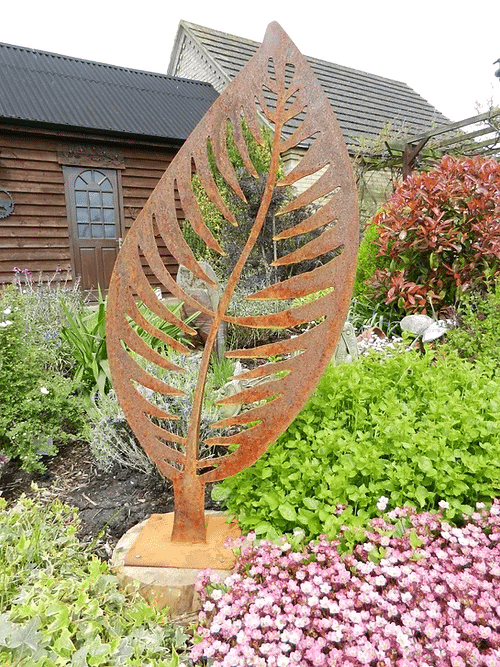
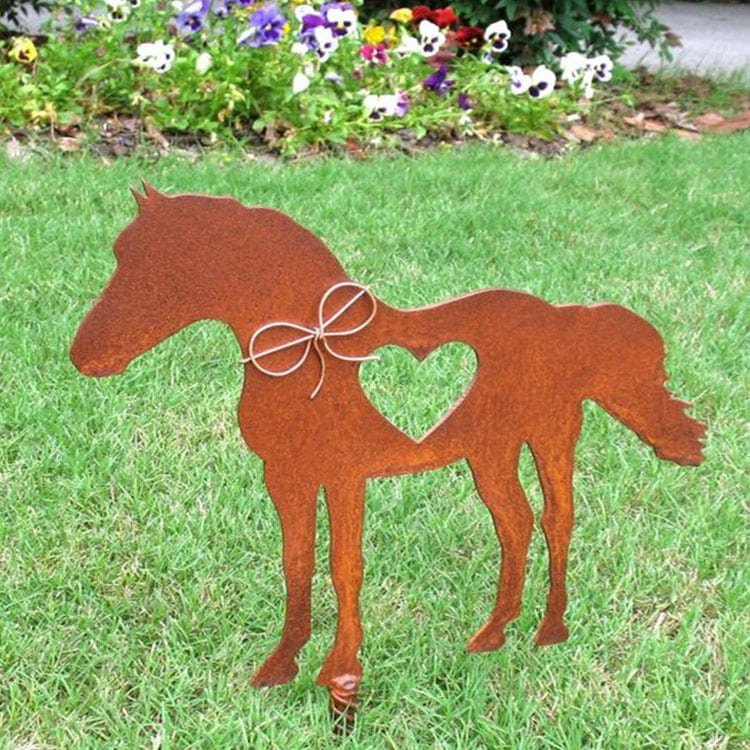
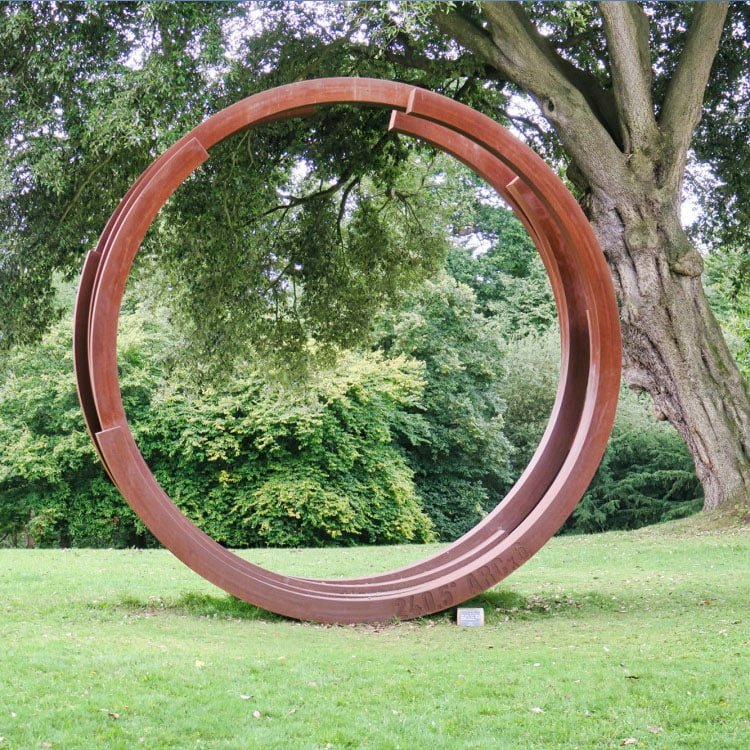



11. Global Competitiveness of Weathering Steel
With the growing demand for sustainable building materials and eco-friendly designs, the global demand for weathering steel is on the rise. In regions such as Europe, the United States, and China, weathering steel is increasingly being used in architectural projects, public infrastructure, and landscaping designs. This not only reflects the material’s widespread adoption in high-end design but also indicates a growing trend in the global market for weathering steel. The competitive edge of weathering steel in the global market is expected to grow, making it an essential material for modern architecture and urban planning.
12. Choosing a Weathering Steel Supplier
When selecting a weathering steel supplier, it is crucial to choose a reliable and experienced provider. Ensure that the supplier’s products meet the necessary quality standards and certifications. Furthermore, the supplier should be able to offer customized solutions to meet the specific needs of different projects, such as tailored dimensions, surface treatments, and processing methods. Delivery timelines and after-sales services are also important factors to consider. Partnering with a reputable supplier ensures the smooth execution of projects and guarantees the quality of the materials.
13.Weathering Steel as a Key Material for the Future of Architecture and Landscape Design
Weathering steel’s excellent corrosion resistance, aesthetic appeal, and eco-friendly properties have made it an ideal material for architecture, landscaping, art sculptures, and public infrastructure. With the growing demand for sustainable, long-lasting materials, the future of weathering steel in construction and design looks promising. Whether enhancing the aesthetic value of a building or improving the durability of structures, weathering steel offers irreplaceable advantages.
For businesses and designers seeking innovative, durable, and sustainable materials, weathering steel is undoubtedly the material of choice.

